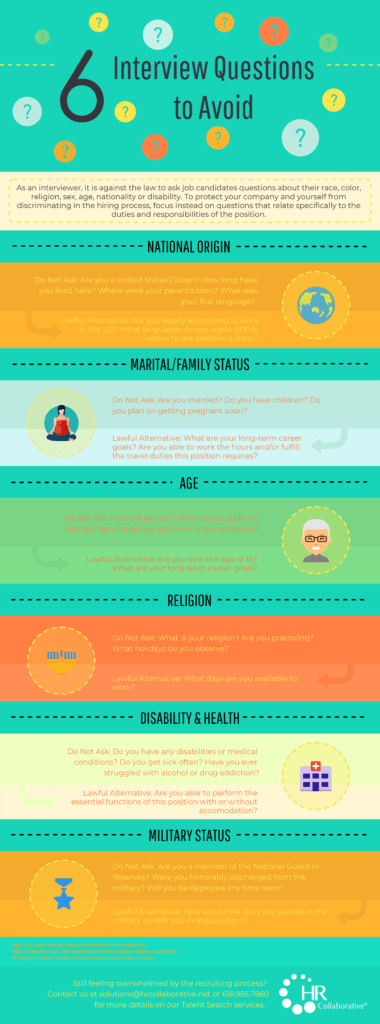How is Your Bench Strength?

Leading organizations, just like leading athletic teams, have solid depth of talent in their ranks. Be it a corner office or an offensive line, if you don’t have well-prepared team members in key positions to turn to when needed, you may be caught empty handed at the most critical point in the game.
So HOW do you determine what the critical positions are? You likely can’t dive into a succession plan for every position in your organization, nor should you. To determine which positions you should target, start by thinking about your key strategic positions, those that, if left vacant for more than a couple of weeks, would significantly disrupt business progress. Also pinpoint those positions that require a unique skillset, the ones that are difficult to find and essential to your business. Start with your top 10- 20% of positions that fit that business-critical criteria. Once you have essential depth in the key roles, applying similar plans to your next tier of key positions can be your focus.
Once you have your target position(s) identified, begin thinking about the core competencies that the role needs. Talk with incumbents to find out WHAT they believe is key to success in the role. Do they have an idea who the successor may be? The determined competencies may not match up perfectly to the individual in the role currently, but that’s ok. The goal is to understand what capabilities are essential to the position, then develop your bench to meet or exceed those competencies.
Perhaps you have identified what you need, but you’re unsure how or where to find the right people to fill the need. To determine WHO to focus on for succession plan participation, first seek to better understand and develop your current talent. You should not only measure their skills and abilities through objective performance evaluation, but you also must clarify what your high performing employees’ career goals are as well. Your Peyton Manning may have his sights set on broadcasting or starring in commercials rather than running plays on the field each week.
Second, are you recruiting for current positions with the end goal in mind? Look for characteristics and core competencies in candidates that transcend more than one of your current key strategic positions. With appropriate coaching and mentorship, the skills, ability and knowledge will flourish, provided the appropriate depth of character. In the words of the late great John Wooden, “Ability may get you to the top, but it takes character to keep you there.”
Investing in your team doesn’t just benefit you in your succession planning objectives. It also cultivates engagement on the part of your entire team. As a leader you care about your team, you make every effort to understand their ability and personal goals, and you coach them to their fullest potential.
If you are looking for ways you can get your succession planning process started at your organization, don’t hesitate to contact us today. We’d love to be your trusted resource as you strategize your business growth.
About the Author: Julie Burmania is Senior Director of Project Management at HR Collaborative. Connect with Julie on LinkedIn.
Our Most Recent Articles

Employers to Benefit from New Kinexus Group Acquisition of HR Collaborative
The team at Kinexus Group announced today that they have officially acquired HR Collaborative, a west Michigan-based, women-led community of fractional HR professionals, to meet unmet demand and to serve more employers than ever before.































































































